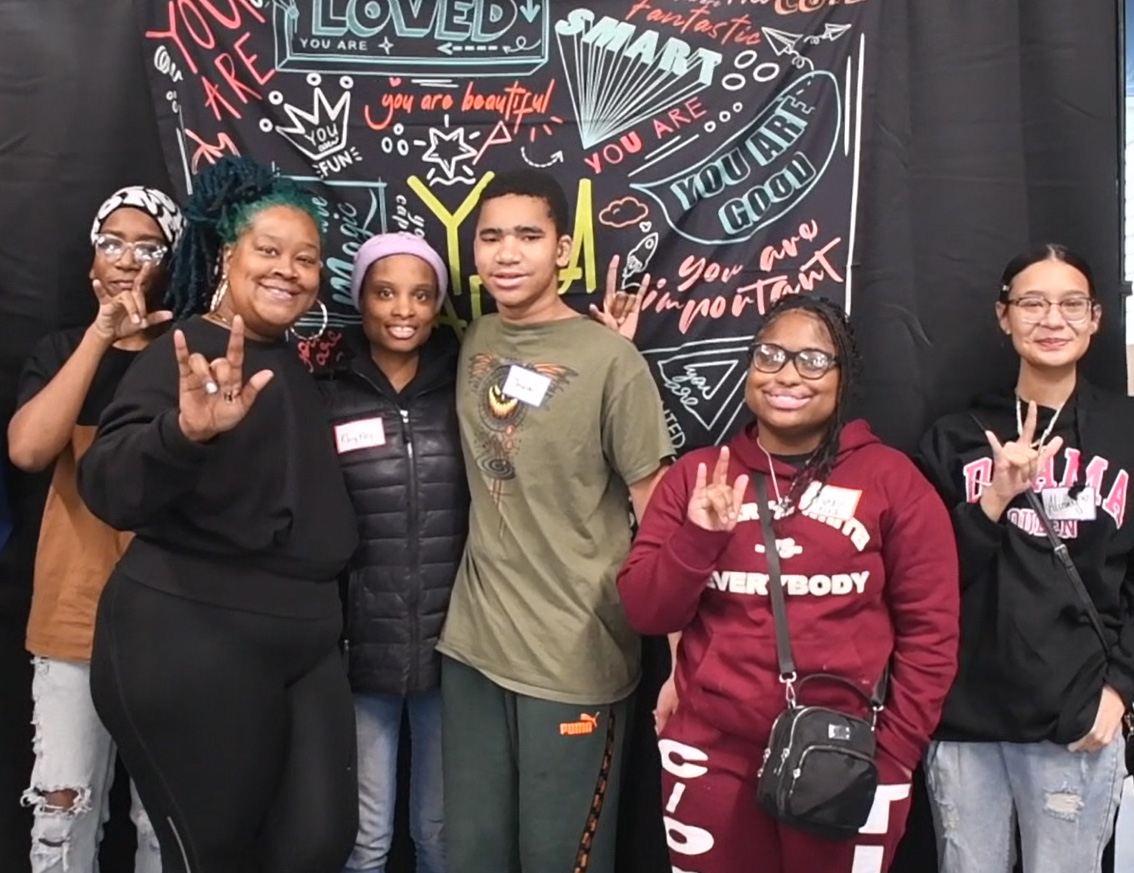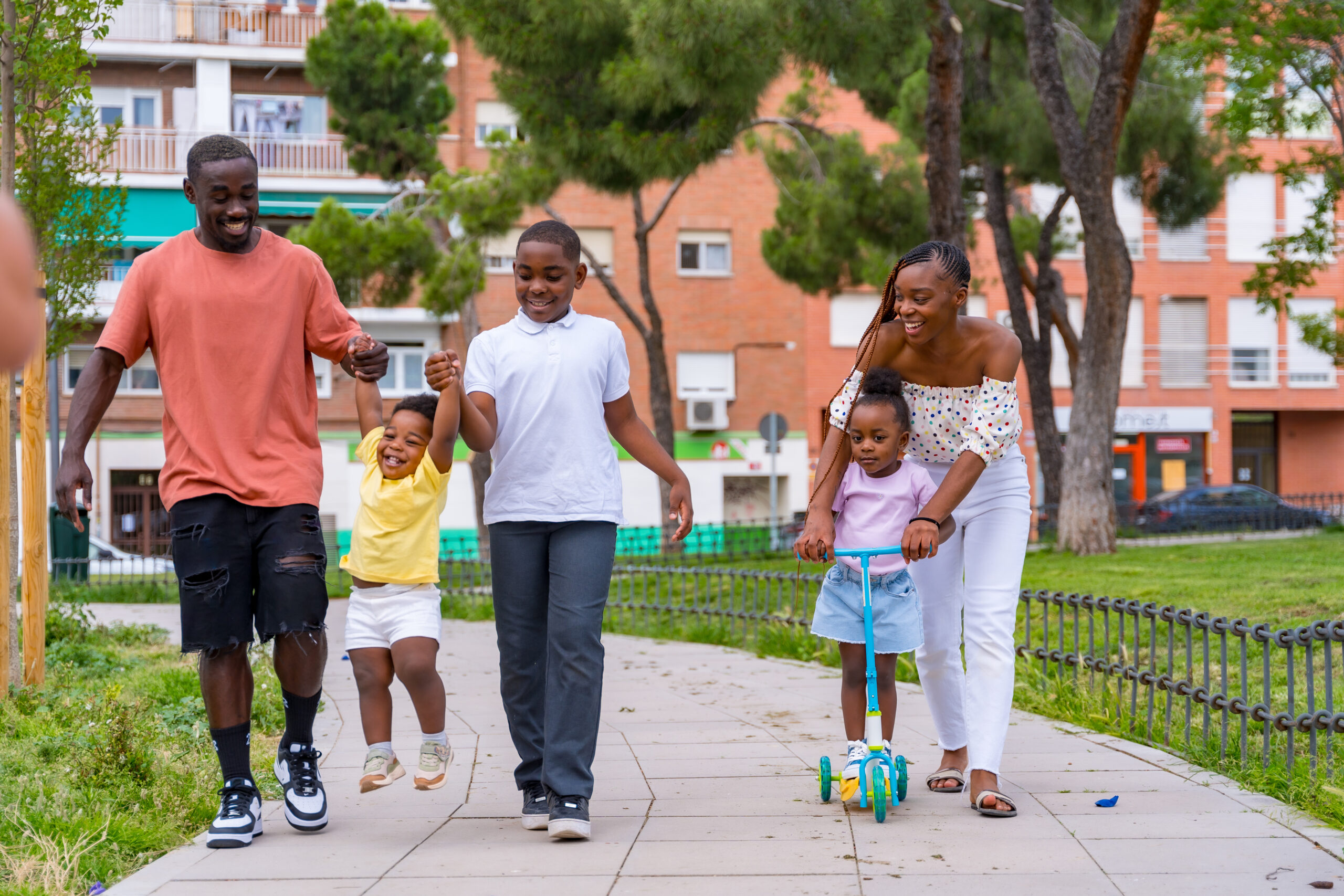

Samaritas knew there was a need for teletherapy for teens in fosters homes struggling with substance abuse disorders during the COVID-19 crisis. However, they did not expect to see such outstanding progress.
It turns out, screen-time has made the difference for many clinicians working with adolescents via teletherapy – just like it has for Brandon*.
The seventeen-year-old who is ready to age out of foster care has a history of using narcotics and alcohol. Life simply has not been easy for him. At age six, Brandon was placed into foster care after his single mother was incarcerated. He has moved seven times since then – falling behind academically and socially. As a result, Brandon has anxiety and anger to work through which has prevented him from developing the necessary coping skills to maintain long-term sobriety.
Shelter-in-place days have isolated Brandon, making it difficult for him to find the motivation to resist using. But a breakthrough started to occur when he was provided with a tablet to receive teletherapy support from Samaritas.
“It seems Coronavirus broke the screen-time debate.” said Kelli Dobner, chief advancement officer at Samaritas, a faith-based organization that helps children find loving families and empowers them to live their fullest lives.
“Adolescents are so used to being on a screen to communicate with people that it has made all the difference in their sessions with clinicians – teletherapy has allowed kids to open up in ways they weren’t before.”
For Brandon, the counseling is working. He is talking about past traumas, expressing feelings, identifying triggers and working to develop coping skills. His personal motivation to stay sober is present and he is finally experiencing the growth necessary to maintain sobriety.
With a $10,000 grant from the Jamie Daniels Foundation COVID-19 Emergency Relief Fund, Samaritas purchased 20 devices and necessary software to distribute to Brandon and his peers living at foster homes or with families in rural areas.
“Kids who have been feeling hopeless and struggling to find their way are making incredible strides in a short amount of time. We aren’t at the finish line – they still have a lot to work through, but we are so happy that this form of therapy has finally sparked a transformation for them.”
As Dobner and her team look to the other side of the COVID-19 crisis, they are taking what they’ve learned during the last few months and planning to blend teletherapy and in-person visits.
“The opportunity to implement teletherapy has been such a blessing and we intend to keep the conversation going about its many benefits as we work to help kids heal and become successful adults.”
*Name has been changed to protect identity





